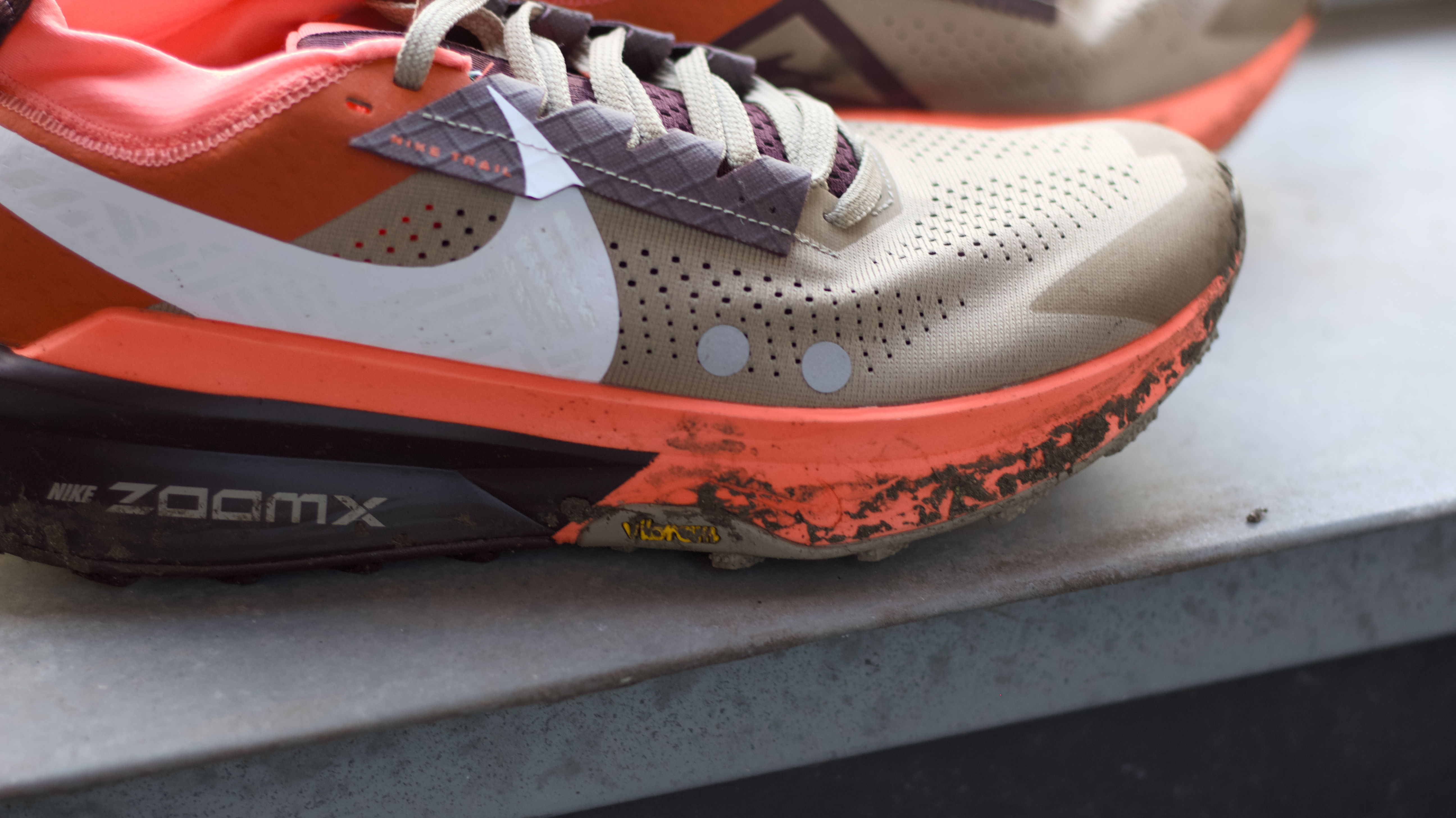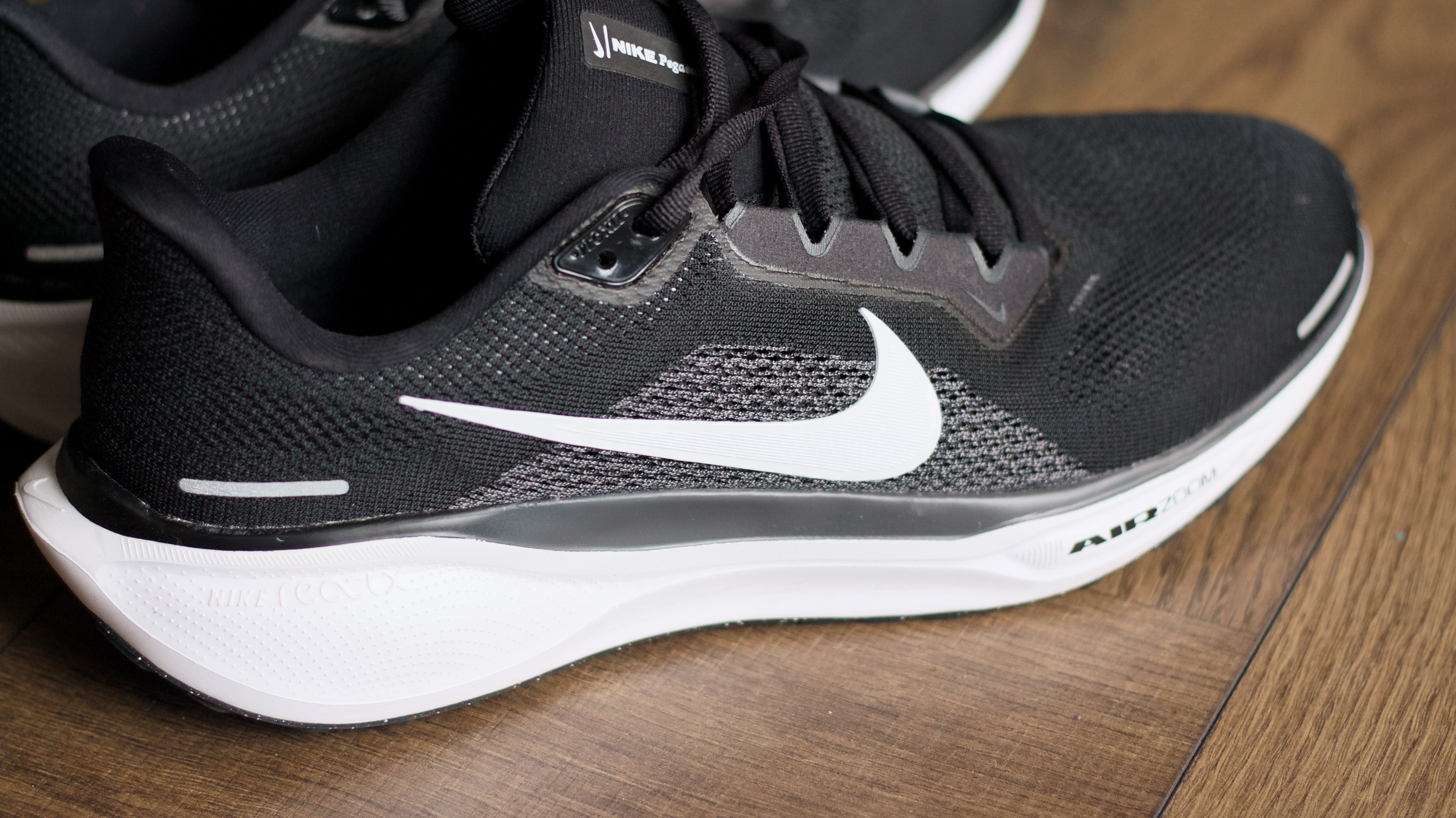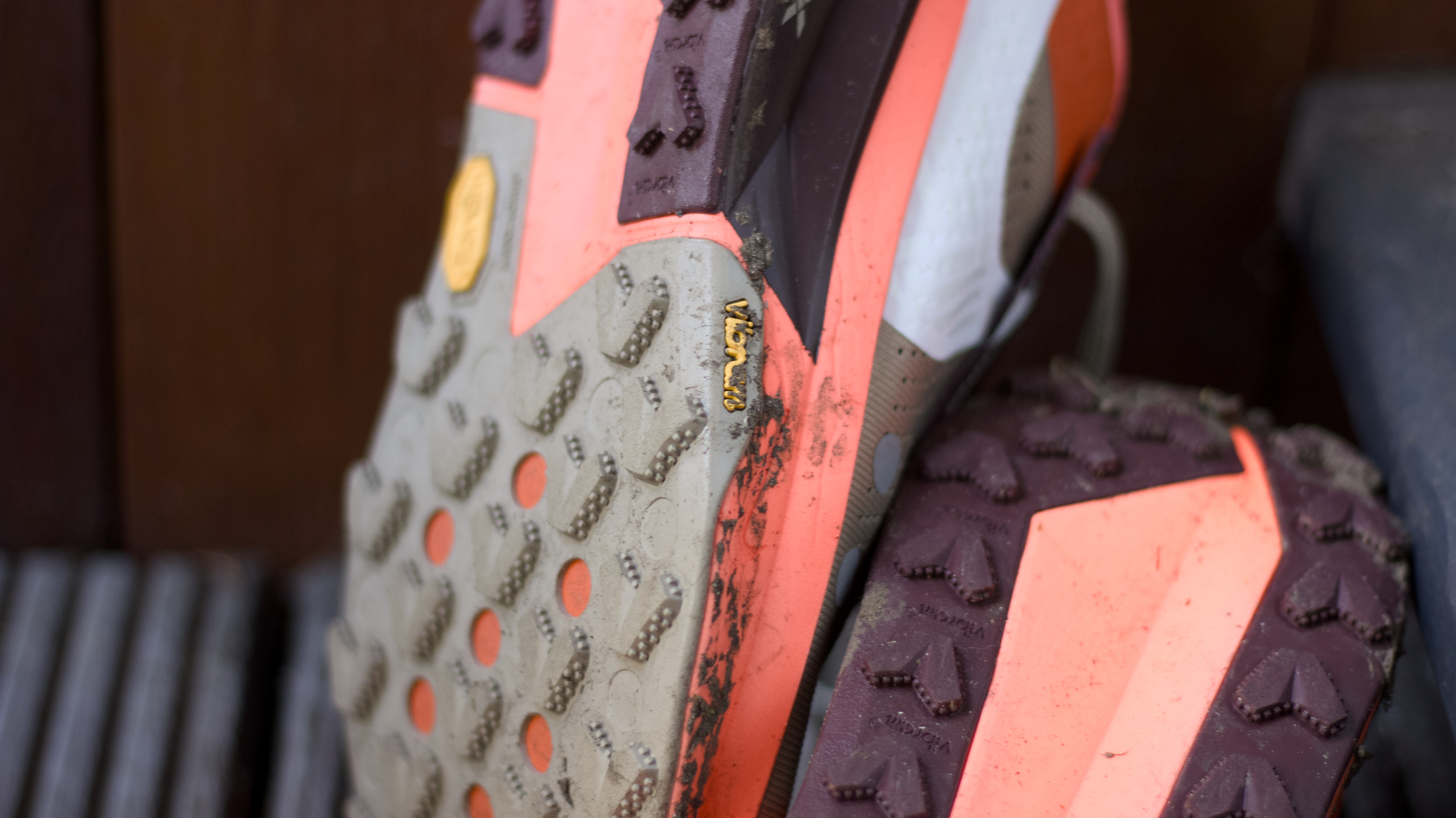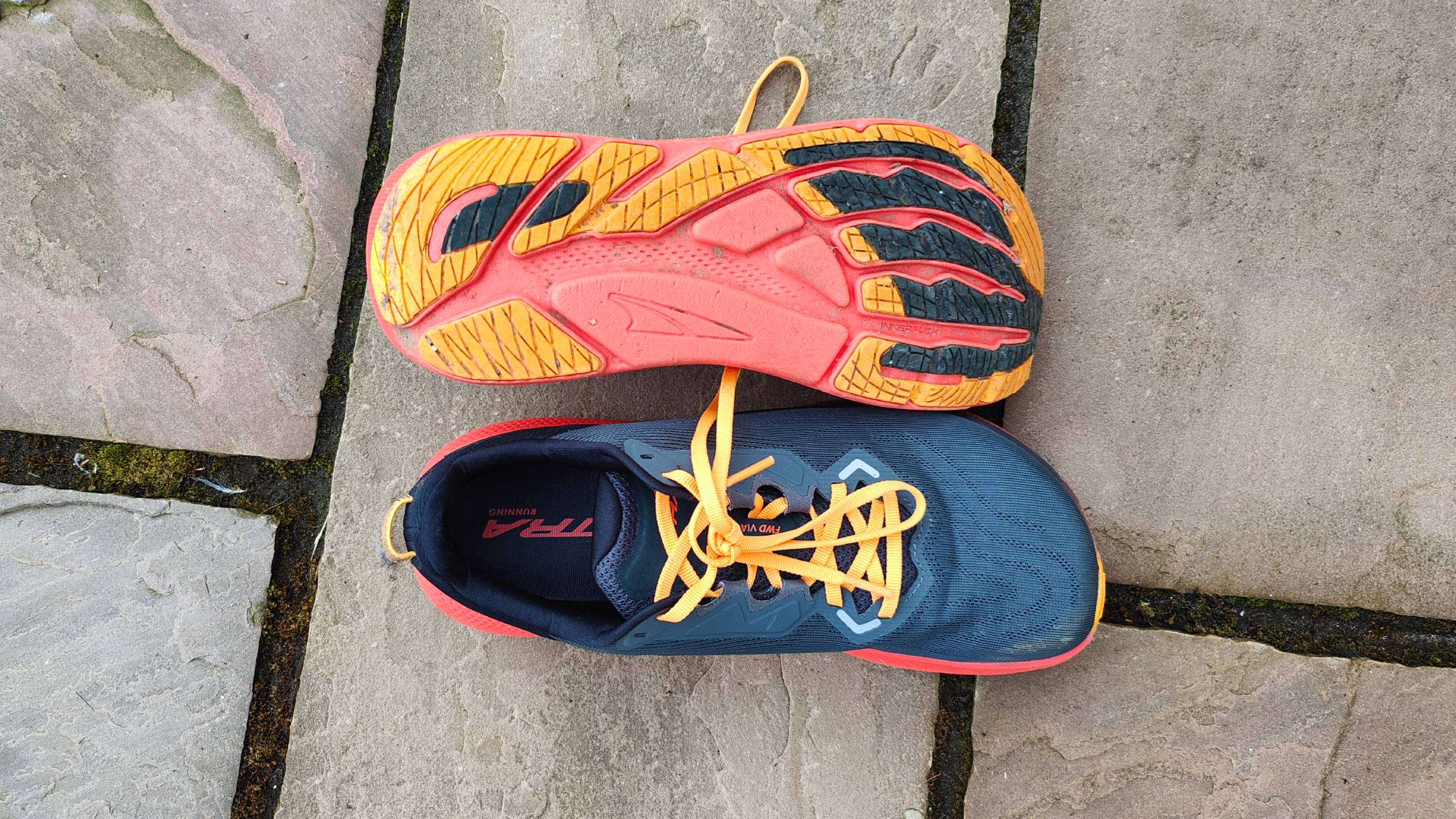Can you run on the road wearing trail shoes? We asked an expert, here's what they said
Turns out we should be more worried about using road shoes on the trail

When it comes to choosing a pair of the best running shoes, there's an option out there for pretty much everyone. But while some shoes vary in speed, size, comfort, and design, one crucial distinguisher should be considered if you want to traverse more challenging terrain.
I am of course talking about the humble trail shoe. Popular models like the Nike Zegama 2 are quite expensive, and if you're just starting out or you're on a budget, it can be tempting to bag a pair of trail shoes and just use them for everything. After all, they're just running shoes with a bit of extra grit, right?
Wrong. Having the right running shoes for the task at hand is really important. We spoke to Jason Leggett, master trainer and run coach for the new Barry's UK x Alo Ready to Race campaign. The fitness app and sportswear brands are teaming up to help runners train for milestone races in London with Leggett on board. Safe to say, he knows a thing or two about running shoes.
Running shoes vs trail shoes: What's the difference?

The differences in trail and road running shoes are significant and quite easy to spot. As you can imagine, the former are made for more rugged, uneven terrain, as well as inclement weather. Conversely, road running shoes are made for much flatter, even ground.
"Trail runners are robust with a more solid and textured sole to deal with rough terrains," Leggett tells me. I've recently been putting the aforementioned Zegama 2 through its paces and I can confirm they are chunky as heck, a response to the poor traction of the original version. Road running shoes like the Nike Pegasus 41 are a lot lighter, he adds, with more bounce to propel you along for speed. Generally, trail shoes are heavier, more stable, and more robust. They can handle the great outdoors, but they're not going to help you set any marathon records. But how exactly does this impact performance?
Leggett says that the added weight of a trail shoe could fatigue you more quickly, and won't give you the same amount of efficiency you might get from running shoes. That also goes for the bounce and spring too.
Not ideal, but is it safe?

So while wearing a pair of trail shoes out on the road might not be the most efficient way to get your miles in, is it safe? After all, running shoes provide vital cushioning support for your joints, and getting your pick wrong could expose you to the risk of injury, short or long-term.
Get daily insight, inspiration and deals in your inbox
Sign up for breaking news, reviews, opinion, top tech deals, and more.
When I asked Jason whether there could be negative effects when it comes to running on the road in trail shoes, he downplayed the concern. "Not really – I think it’s more a matter of preference," he tells me. "These shoes are designed for specific surfaces and tougher terrains so, with a wealth of choice now available across different price points, it’s always best to invest in a separate pair of shoes if you’re committed to running on varying surfaces as part of your run training." This makes a lot of sense, trail running usually involves some degree of road or sidewalk, so they need to have a degree of utility on both surfaces.
In fact, using trail shoes on the road is nowhere near as dangerous as using road running shoes on the trail. "I think the risk of injury here may be higher as you’re running with a less supportive shoe over varied and uneven surfaces," he says. With a myriad of uneven surfaces, tree roots, rocks, and more, having a good pair of trail shoes with good cushioning and robust support is vital. "You’ve also got to consider tougher terrain and even mud," he continued, "a trail running shoe will provide better grip in muddy and wet conditions."
If you really need to get your road miles in, a pair of trail shoes probably won't do you any harm, but there are definitely smarter ways to train. Road shoes on the trail are a big no-no, though.
Can you get away with just one pair of running shoes?

"If you are looking to race or compete then yes, it can get expensive," Leggett warns. "If you are entertaining a general level of movement I would search for comfort above all and invest in a solid pair of all-rounder trainers that offer versatility no matter where you’re running." Technique is just as important too, the new Ready To Race campaign is teaching runners how to run on both treadmills and outdoors without specialist shoes.
Our new “Ready to Race” campaign with Alo is teaching clients run techniques that are suitable for both indoor training on treadmills and outdoor road races without the requirement for a more specialist shoe."
So there you have it, if you want to go trail running, investing in a good pair of trail shoes is vital, but don't be too scared to hit the concrete with them if you pick up a pair.
You may also like

Stephen Warwick is TechRadar's Fitness & Wearables writer with nearly a decade of experience covering technology, including five years as the News Editor of iMore. He's a keen fitness enthusiast and is never far from the local gym, Apple Watch at the ready, to record his latest workout. Stephen has experience writing about every facet of technology including products, services, hardware, and software. He's covered breaking news and developing stories regarding supply chains, patents and litigation, competition, politics and lobbying, the environment, and more. He's conducted interviews with industry experts in a range of fields including finance, litigation, security, and more. Outside of work, he's a massive tech and history buff with a passion for Rome Total War, reading, and music.
You must confirm your public display name before commenting
Please logout and then login again, you will then be prompted to enter your display name.